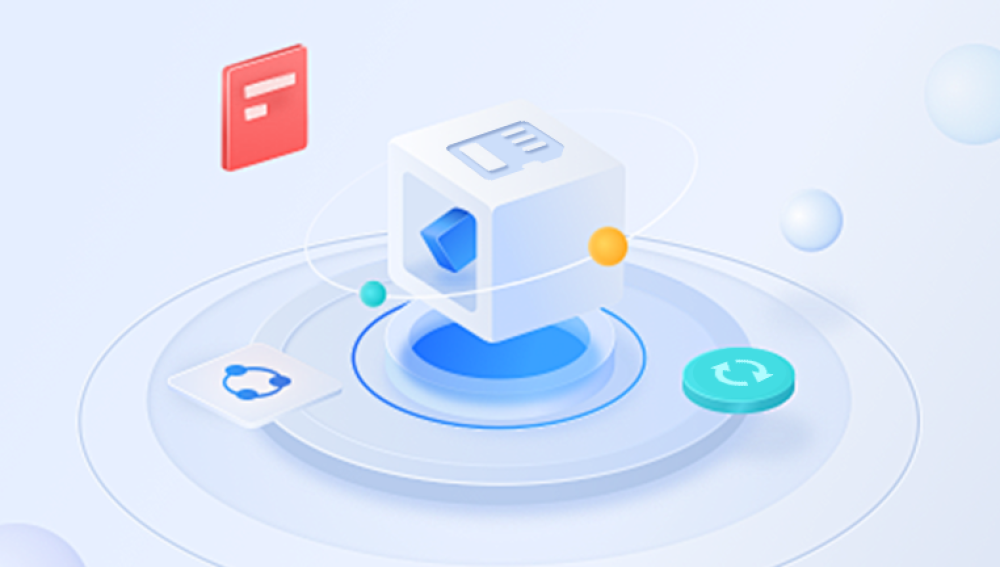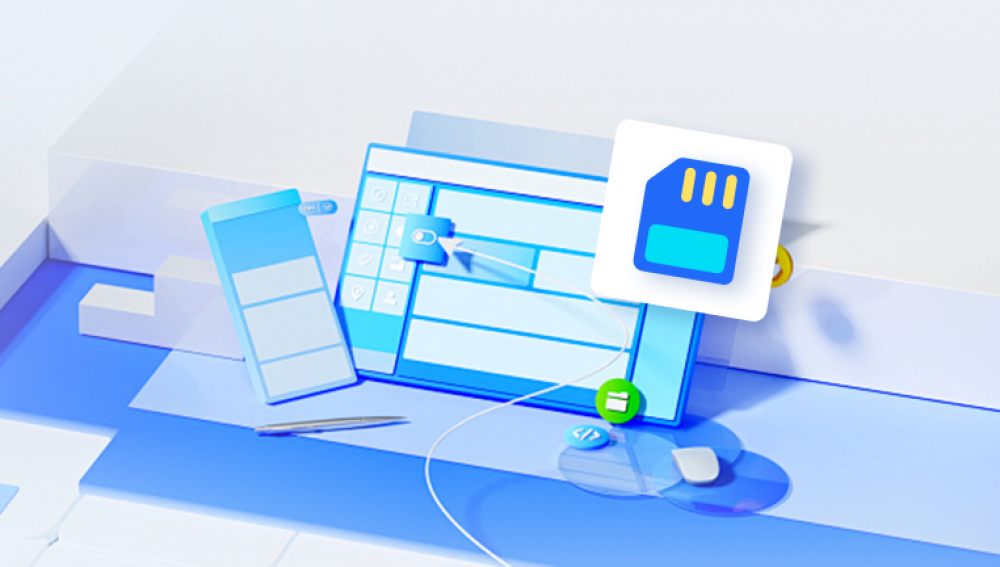When it comes to storing memories, photos often hold irreplaceable value. Losing them, especially from an SD card, can be a heartbreaking experience. Fortunately, there are several ways to recover deleted photos from an SD card, even if they seem permanently gone.
Why Photos Are Deleted from SD Cards
Before diving into recovery methods, it's essential to understand why photos may be deleted from your SD card. There are several common reasons for this:
Accidental Deletion: Unintended deletion while browsing, deleting files, or mistakenly pressing the wrong buttons.
Card Corruption: Physical damage to the SD card or corruption of the file system due to improper ejection or faulty writing processes.
File System Errors: The file system of the card becoming unreadable, possibly caused by issues such as improper formatting or system crashes.
Overwriting Data: Once deleted files are overwritten with new data, they become irretrievable, so it's crucial to stop using the SD card immediately after deletion.

Step 1: Stop Using the SD Card
When photos are deleted, the data itself is not immediately erased. The file structure is merely removed, marking the space as available for new data. If you continue to use the SD card, you risk overwriting this space, which could make recovery impossible. Hence, stop using the SD card immediately after realizing the photos are deleted.
Step 2: Evaluate the Situation
Before proceeding with any recovery method, determine the following:
Is the SD Card Detected?: Plug the card into your computer or a card reader. If the system recognizes it, there might be hope for recovery. If not, the card may be corrupted or physically damaged.
What is the Issue?: If you can see the SD card's contents, but the images are missing, it's likely a file system issue. However, if the card is not readable, you may need to use specialized tools for corruption repair.
Step 3: Choose a Photo Recovery Tool
For photo recovery, software tools are the most common and effective solution. There are several reliable programs that can help recover deleted photos from an SD card. Here are some popular options:
Recuva (Windows): Recuva is an easy-to-use free tool that can recover lost or deleted photos, documents, and other files from memory cards, hard drives, and more.
PhotoRec (Windows, macOS, Linux): PhotoRec is an open-source tool designed to recover lost files from SD cards and other devices.
Drecov Data Recovery (Windows, macOS): Drecov Data Recovery offers an intuitive interface and powerful scanning technology, allowing users to recover images and files from SD cards, hard drives, and more.
Disk Drill (Windows, macOS): Disk Drill can scan SD cards for lost files and provides features to preview the images before recovery.
EaseUS Data Recovery Wizard (Windows, macOS): EaseUS is a powerful data recovery tool that can help recover deleted photos from SD cards and other devices.
Select one of these programs based on your preference and the operating system you are using. For this tutorial, we’ll focus on using Drecov Data Recovery as an example, due to its user-friendly interface and success rate in recovering lost images.
Step 4: Install and Run Drecov Data Recovery
Download and Install the Software: Visit Drecov Data Recovery’s official website and download the free version of the software. Install it on your computer.
Launch the Software: After installation, open Drecov Data Recovery.
Select the SD Card: In the main interface, you will see a list of all connected drives, including your SD card. Select the SD card you want to recover photos from.
Scan for Deleted Files: Click the "Scan" button to initiate a scan of the SD card. Panda will analyze the card and search for deleted files, including images and other media.
Wait for the Scan to Complete: Depending on the size of your SD card, the scan can take some time. Be patient, as a deeper scan typically yields more comprehensive results.
Step 5: Preview and Recover Photos
Review the Results: After the scan is complete, the software will display a list of recoverable files. You’ll likely see a range of file types, including photos, videos, and documents. Use the filters to narrow down the results to image files.
Preview the Files: Most recovery tools, including Drecov Data Recovery, allow you to preview the images before you recover them. Click on each file to ensure it’s the one you need.
Select and Recover: After confirming the photos you want to recover, select them and choose a safe location to store them. Avoid saving the recovered photos back to the SD card to prevent overwriting.
Step 6: Backup Your Files
Once the recovery process is complete, you should immediately back up your photos to a more secure location, such as an external hard drive, cloud storage, or another reliable medium. This precaution will safeguard your data from future loss.
Step 7: Format the SD Card (Optional)
If the SD card has been corrupted or is not functioning properly, it’s advisable to format it after recovery. Formatting the SD card removes any lingering file system errors and makes the card ready for future use.
Insert the SD Card into Your Computer: Use a card reader to connect the SD card to your computer.
Open "This PC" (Windows) or "Disk Utility" (macOS).
Right-click on the SD Card and Select "Format": Choose the appropriate file system (usually exFAT or FAT32) and click "Start" to format the card.
Alternative Methods: Photo Recovery from Damaged SD Cards
If the SD card is physically damaged or corrupted, and data recovery software doesn't help, you can try the following methods:
Try a Different Card Reader: If the SD card isn’t being detected, the problem may lie with the card reader. Try using a different card reader to see if it makes a difference.
Use Disk Repair Tools: Some tools, like CHKDSK (Windows) or Disk Utility (macOS), can attempt to repair errors on the SD card, making it readable again. However, this may not always work if the card is physically damaged.
Professional Data Recovery Services: If the SD card is physically damaged and all else fails, consider seeking help from a professional data recovery service. These services specialize in recovering data from damaged or corrupted storage devices, though they can be expensive.
Preventing Future Photo Loss: Best Practices for SD Card Management
While data recovery tools are powerful, it’s always better to prevent data loss in the first place. Here are some best practices for managing your SD cards:
Eject the Card Properly: Always eject your SD card safely from your camera or computer. Improper removal can cause corruption or loss of data.
Avoid Overusing the SD Card: Don’t continuously write new files to your SD card without backing up the old ones. This can lead to wear and tear.
Create Regular Backups: Make it a habit to regularly back up your photos to another location, such as an external hard drive or cloud service.
Avoid Physical Damage: Store your SD card in a safe, dry place to avoid physical damage.
Use Quality SD Cards: Invest in high-quality SD cards from reputable brands to ensure better performance and durability.
Stopping the use of the SD card, selecting the right recovery software, and being cautious about overwriting data are crucial steps in ensuring a successful recovery. Once you've recovered your images, make sure to back them up regularly and take steps to protect your SD card from future damage. By following these steps, you can often restore precious memories and prevent future photo loss.




